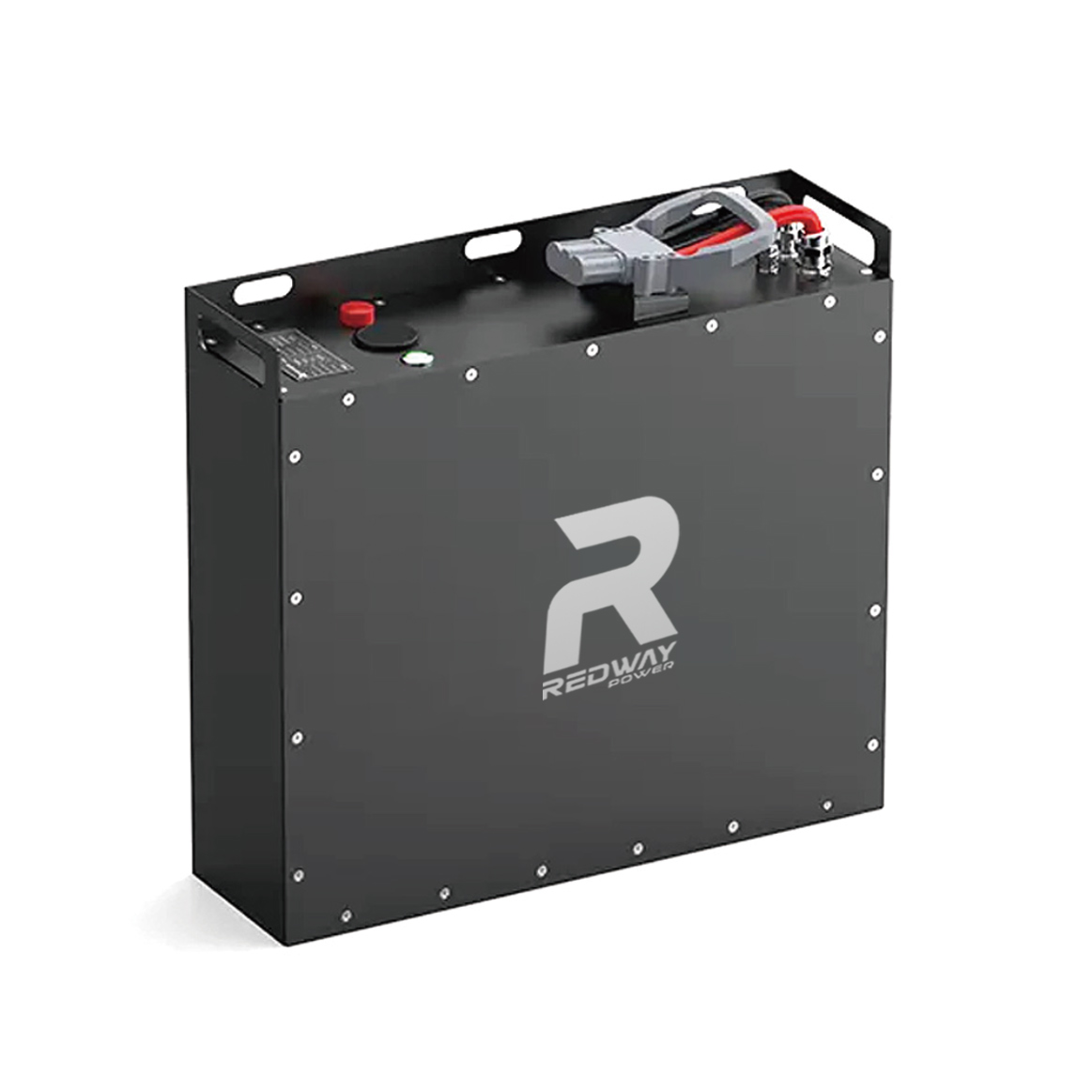Deep Cycle LiFePO4 Batteries Manufacturer
Looking for a business partner from whom you can buy deep cycle lithium batteries at wholesale price? We got you covered. Learn more about how we can work together.
Redway Lithium ion Battery Factory has been diligently striving to unlock the mysteries of transforming deep cycle LiFePO4 Batteries into a profitable venture. Discover the inner workings of LiFePO4 Batteries, explore their advantages, various categories, extensive product line, exceptional craftsmanship, and a plethora of other fascinating details by simply clicking the button below!
We are a Lithium Battery OEM Factory
Redway is dedicated to the domains of 12V, 24V, 36V, 48V, 60V, 72V, 80V, 96V, 100V Deep Cycle Lithium Iron Phosphate Batteries, RV lithium battery, Marine battery, Rack-mounted lithium battery, Golf cart lithium battery and Forklift lithium batteries. Their ultimate goal is to fulfill the diverse energy needs of customers by providing comprehensive energy service solutions. These solutions encompass a range of offerings, including lithium-ion battery energy storage products, smart hardware solutions, energy investment, and operational services, among others.
Don’t you find what you are looking for?
Just tell us your detailed requirements. The best offer will be provided.
Blog
What Is the Expected Lifespan of a 48V LiFePO4 150Ah Battery and How Can It Be Optimized?
December 26, 2025
No Comments
A 48V LiFePO4 150Ah battery typically lasts 10-15 years, offering 3,000-6,000 charge cycles at 80% depth of discharge. Proper temperature management, controlled charging, and regular
How to Safely Install 51.2V 150Ah LiFePO4 in a Golf Cart for Maximum Performance and Longevity?
December 26, 2025
No Comments
Installing a 51.2V 150Ah LiFePO4 battery in a golf cart requires proper safety, precise tools, and step-by-step procedures. Disconnect power, remove old batteries, clean the
What Are the Best Charger Specifications for a 48V LiFePO4 150Ah Battery Pack?
December 26, 2025
No Comments
For a 48V LiFePO4 150Ah battery, a charger delivering 58.4V output with 30-50A current in CC/CV mode is ideal. This ensures safe, efficient charging while








